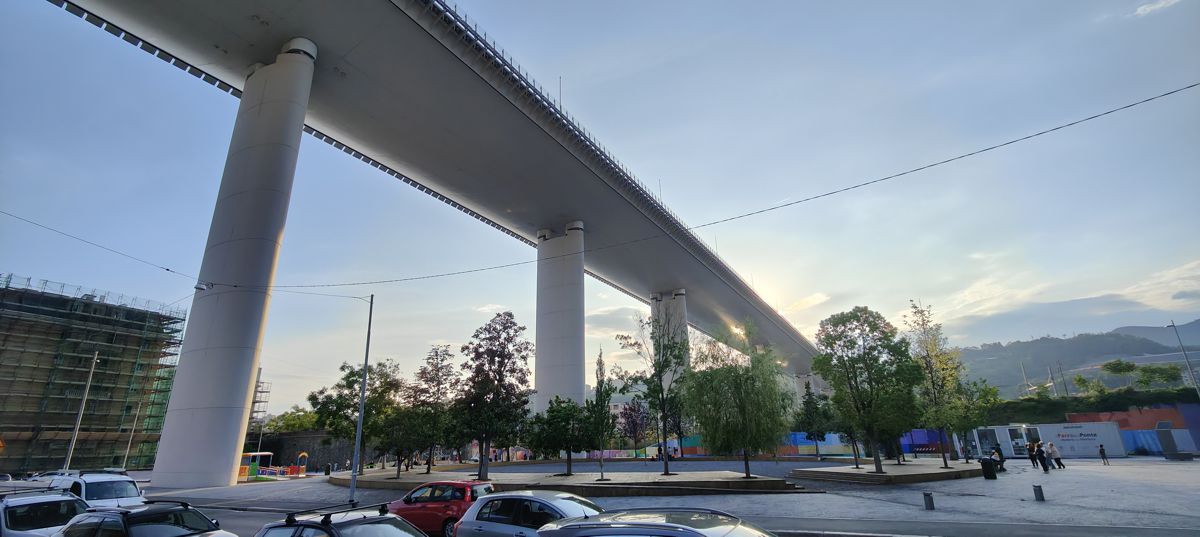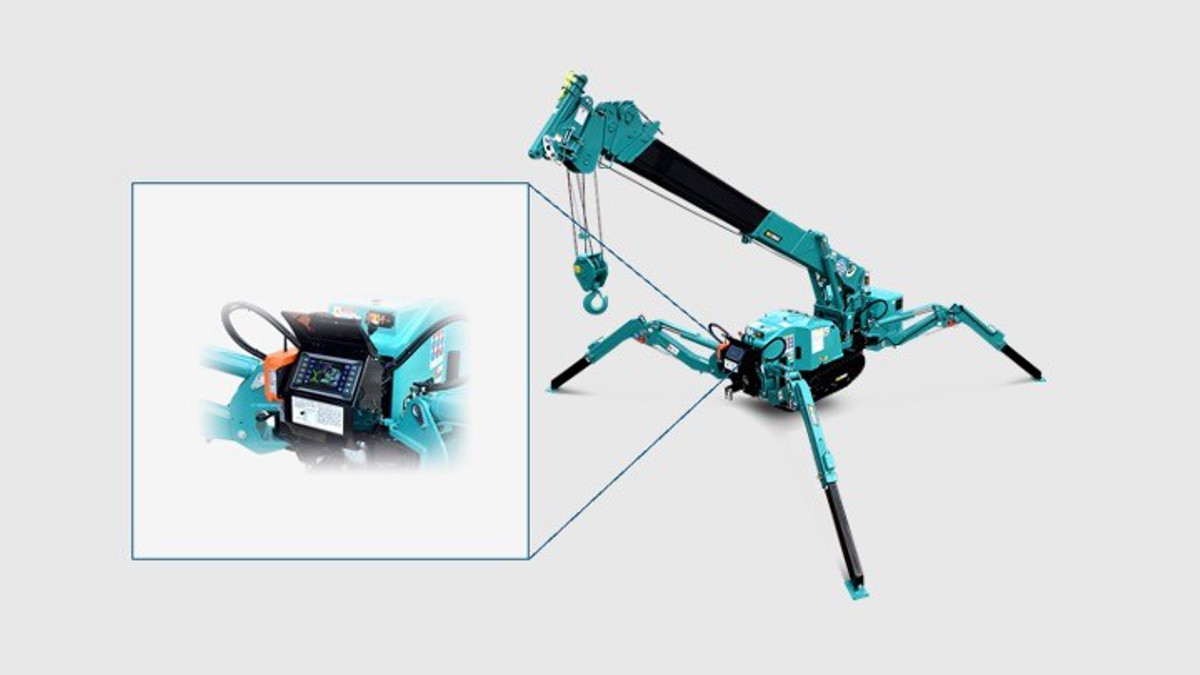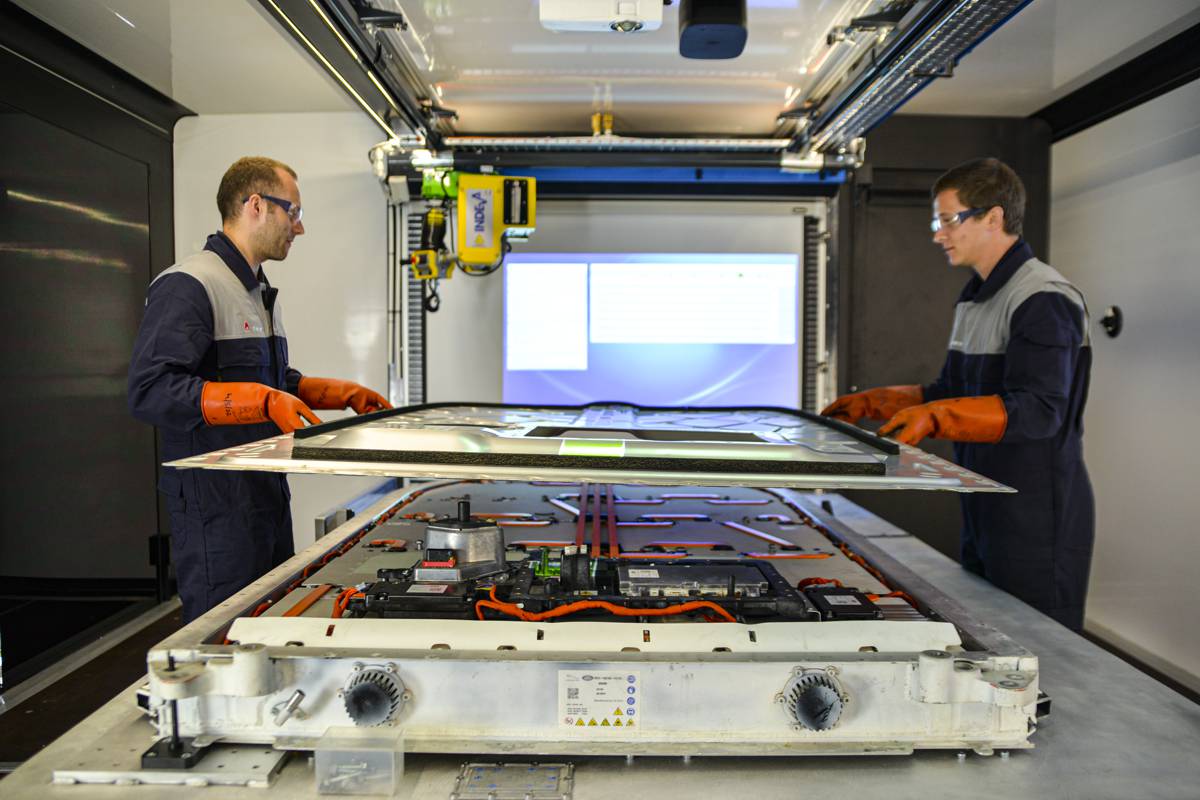How the rental and leasing industry can unlock value with digital transformation
Demand for excellent customer experience is driving mass investment in digital transformation – which is expected to increase to more than $2 trillion globally by 2022.
As rental and leasing businesses continue to navigate challenges from 2020, ‘traditional’ processes can no longer keep pace with the expectations of digitally-conscious customers. Here Ian Kingstone, Business Transformation Programme Manager at Columbus UK, argues how digital transformation can unlock new value within the rental and leasing industry and help businesses adapt to the new market demands.
By 2022, IDC reports that 70% of all organisations will have accelerated use of digital technologies, transforming existing business processes to drive customer engagement, employee productivity, and business resiliency – and the equipment rental and leasing industry is no exception.
Streamlining front and back-end operations with the help of digital technologies can inject new value across an entire organisation. For rental and leasing companies in particular, there are five key ways digital transformation can help deliver a consistently excellent customer experience and inject new business value.
1) Go smart and add customer-centricity across every touchpoint
With the rise of consumer tech, today’s customers now rank convenience as a top priority – so a seamless customer journey and experience will help companies satisfy this demand. Digital transformation can optimise tools, applications and operational processes to help businesses increase engagement across every phase of the customer journey and deliver the level of satisfaction today’s customers now expect.
Here’s where a digital portal can immediately bring benefits, increasing the way customers can purchase products and services by introducing self-serve features. With the added bonus of an omnichannel experience, customers can more efficiently access detailed equipment descriptions, book the equipment they need, attach supporting documents, receive invoices or pay for their orders. If you add data interpretation capabilities to these smart platforms, businesses can build a personalised customer experience. There’s no better way to improve customer service!
2) Cross the chasms! Bridge the access divide to optimise team efficiencies
Digital transformation can inject new value for both the customer and the business by streamlining and automating processes to enhance internal operations. Many businesses in the equipment rental and leasing industry still rely on disparate systems to store essential data. When only a few employees with extensive experience can typically cross these divides, you have bottlenecks that hold up operations and damage the customer experience.
Digital solutions such as ERP platforms can help remove siloes and centralise data in one location to improve information access. This allows employees to quickly find information and spend more time on challenging tasks. Access to up-to-date information and the ability to easily share documents also opens up opportunities for greater collaboration both within a team and across departments. From sales and marketing to finance and warehouse, whole teams can avoid duplicating their efforts and streamline operations by collaborating on tasks, notes and projects.
As customer data such as contract history and queries can also be stored in one location, businesses can boost commerce sales and the end-to-end customer experience. For instance, when a customer reaches out to the service team or account managers for assistance, the team can quickly access centralised data to build personalised quotes and close deals far quicker than through traditional processes.
3) Boost customer loyalty with complete data visibility
With a centralised database in place, digital solutions can also provide greater data visibility to further enhance the customer experience. For example, essential information such as accreditation data can be easily reviewed by customers before an order is placed. While from a strategic and risk point of view, organisations need to have this information available, the ease in which customers can view this information can improve the trust in a business’ expertise and the responsiveness of the service available.
Here’s a perfect example of this in action. Clients of a Columbus customer in the rental and leasing space work on government-funded projects that usually include stipulations such as environmental targets – so data visibility is paramount. In previous years, the company could measure data from its 400-crane fleet but it was nowhere near the level required to be front and centre for the customer – and this is where digitisation added business value. With a greater capacity for data visibility, the company can now clearly demonstrate to the customer that their needs are being met, which not only improves the customer experience but also increases the likelihood of customer retention.
4) Improve inventory management with IoT-enhanced warehouses
Back-end operations are not exempt from digital transformation, particularly when it comes to inventory management. Technology such as IoT-enabled devices can collect and analyse information in real-time to help businesses keep better track of equipment in terms of availability and location, and also keep up-to-date with maintenance and repair work. With the ability to monitor the equipment operating conditions, digitally-connected systems can provide insights into industry compliance. For instance, businesses can track whether equipment being leased by a client is complying with weight load regulations – and if this is not the case, act swiftly to resolve the problem.
Aside from preventative maintenance benefits, introducing advanced technology into the inventory process can also add a further level of value to the customer. For short-term rentals, IoT-enabled devices can notify a customer when their rental agreement expires and enquire whether they would like to extend the contract. This level of efficiency allows the customer to be more proactive in their agreement decisions, and can also boost satisfaction across the entire customer journey.
5) Take a long-term view to planning with real-time data
Emerging technologies can deliver real-time insights to help businesses stay dynamic and prepare for tomorrow’s problems. For instance, the ability to monitor equipment usage allows businesses to become more flexible when managing assets and make data-driven decisions that include anticipating when additional equipment is needed or planning for client acquisition campaigns.
These technologies can also provide businesses with access to valuable market insights, which opens up further opportunities for data interpretation to drive the direction of the business. With this information, businesses can quickly pivot and adapt to any customer demand or market changes. This will help both mitigate the impact of unpredictable events on the supply chain and help businesses stay one step ahead of the competition to deliver excellent customer experience.
Time to invest in the digital-first culture
As more organisations turn to rental and leasing equipment, as opposed to buying it outright, businesses operating in this industry need to find new ways to meet higher customer expectations and differentiate themselves from the rising competition. This is where investing in emerging digital solutions will help businesses adapt to the evolving market landscape and avoid being left behind.
Long-term incorporation of digital technologies will help rental and leasing businesses streamline their operations to inject new value and meet fast-moving objectives – from providing excellent customer experience and increasing team efficiencies to boosting commerce sales in one continuous loop.
















